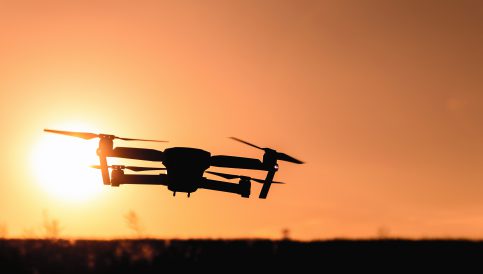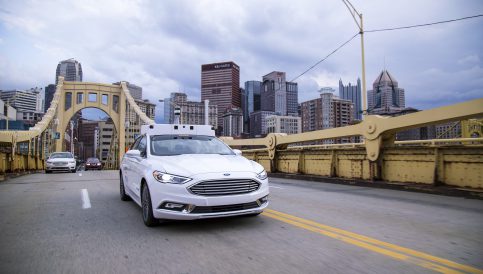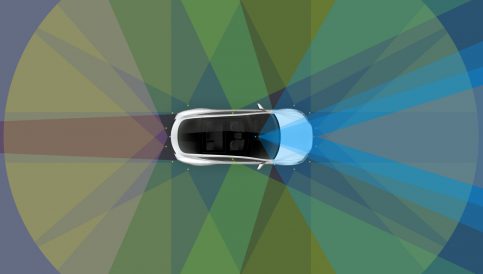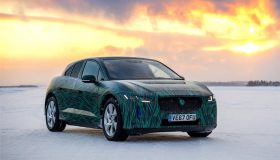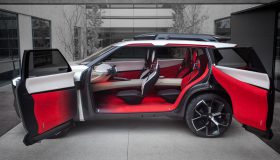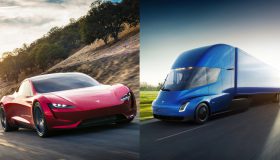Self-driving Uber saw pedestrian but ignored her
Software was tuned too far in favour of ignoring potential “false positives”, report says.
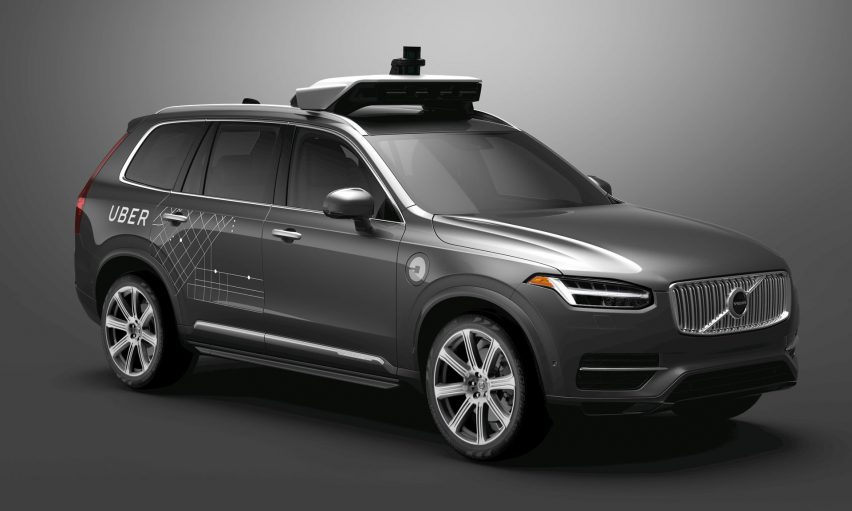
On March 18th 2018, one of Uber’s self-driving Volvo XC90s fatally collided with Elaine Herzberg as she crossed a road in Tempe, Arizona.
A report by The Information has revealed that the vehicle did in fact detect the pedestrian, however it ‘decided’ not to react.
Apparently, Uber had tweaked the car’s software to be less reactive to potential ‘false positives’ (things like plastic bags). This was done in order to create a smoother ride for its passengers.
The SUV was travelling at 38mph when it struck Herzberg, who died later in hospital from her injuries. Dash-cam footage released by Tempe police (see below) shows the moments leading up to the incident.
In addition to its flawed software, the report states that the ‘safety driver’ wasn’t paying close enough attention. Drivers are still required to be attentive behind the wheel of self-driving vehicles to correct for any system failures that might occur.
Herzberg’s death caused a great deal of shock worldwide, but those working on autonomous tech have long understood that accidents like these are inevitable. The technology is by no means perfect, and there is still much work to be done, but autonomous vehicles will inevitably mean fewer accidents on the road.
Arizona was quick to suspend Uber’s autonomous vehicle testing, and given the information from this latest report, one can expect even more setbacks for the technology.
Even so, this endeavor won’t be coming to a halt any time soon. Time, money and effort will continue to be spent ironing out the various wrinkles, while developers will continue to show off new safety systems, including those that increase communication between vehicles for improved perceptions.





